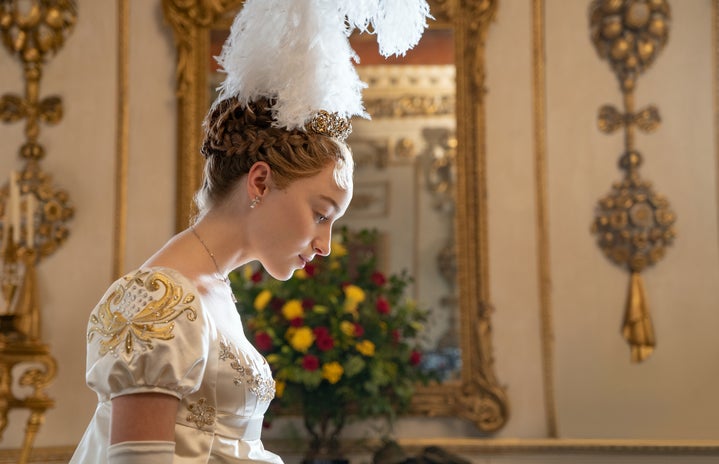Fashion can be one of the most interesting and beautiful forms of self-expression. For many, their choice of clothing is intrinsically linked to their sense of identity. In an attempt to figure out who I wanted to become, I remember frequently experimenting with my style during my high school years. Like identity, fashion is fluid; our style never really remains the same. As we grow older and more experienced, when the world changes, fashion follows. Indeed, fashion trends continuously lean in and out of popularity throughout the years, many are built on and recycled, which in turn creates an intricate tapestry whose threads tell us a story of the complex historical and social contexts through which they are pulled.
In recent years, one of the most powerful fashion trend comebacks has been the corset. Almost every area of fashion, from runway and designer to fast fashion, offers different interpretations of the traditional corset. Before we examine what these new iterations of the corset tell us about our contemporary society, let us first pull on the threads of the tapestry and dive into a brief exploration of the corset’s long history.
The corset is probably one of the most conceptually potent articles of clothing, due to its historical and social association with moulding women’s bodies to fit the beauty standards of their contemporary societies. In the 16th century, the ultimate beauty standard for women in the French court was a tiny waist, and boned corsets were used as a way to conform their bodies to fit the more popular and socially acceptable body type. Similarly, during the 19th century, rigidly boned corsets gained popularity in tandem with large skirts in order to allow women to once again achieve the beauty standard of a small waist. These rigid corsets were products of the time, which is why many historians believe them to be symbols of female oppression, designed to control women and force their bodies to conform to the approval of the male gaze.
Luckily, fashion is never static – it changes with society! The idea behind corsets has evolved in the past few decades. Today, they don’t necessarily represent female oppression, but rather serve as a symbol of feminine expression and freedom. Corsets are available in a multitude of designs and shapes, and their aims is to fit the costumer’s body, rather than forcing it to conform to it. By transforming the corset from underwear to outerwear, it could be argued that this fashion trend seeks to celebrate everyone’s unique physiques.
One of the most breathtaking corset interpretations was Nadja Auermann’s bodice on Thierry Mugler’s 1995 runway at the Cirque d’Hiver in Paris. The golden, metallic and almost futuristic corset reminds me of armour, an artistic metaphor for the way in which corsets can empower women when they are the ones who choose to wear them. In recent years, series such as Bridgerton have sparked an interest in regency-core style fashion, with social media full of people wearing colourful, embroidered corsets. The corset seems to be a way of escaping daily life and the drudgery of lockdown and a global pandemic, and choosing instead to wear fashion that recalls a time of excess, ballrooms and, of course, the grandest of stairwell entries.
And this is what fashion should be: an escape, a form of self-expression and art which is ever changing together with society in which it lives and thrives. As long as it is only the aesthetic of the regency era that follows, and not its history of gendered oppression, the corset fashion trend can represent a celebration of the human body in all its shapes and forms. The corset, regarded through modern eyes, can be transformed into a symbol of feminine freedom – as well as an ode to artistic expression.


